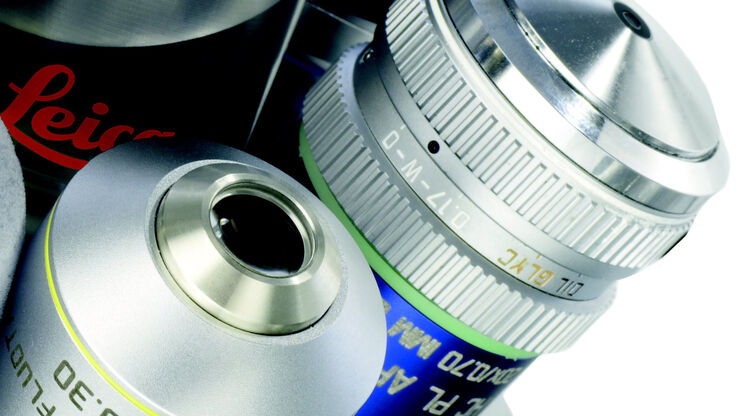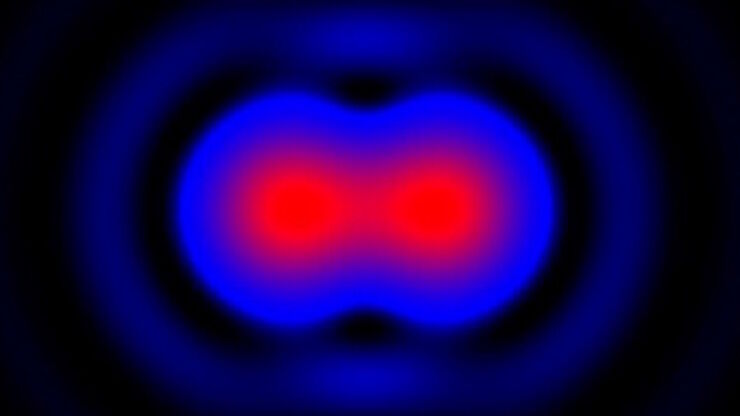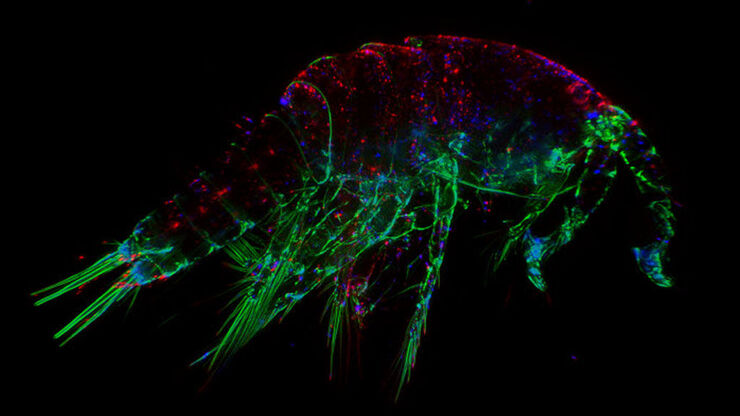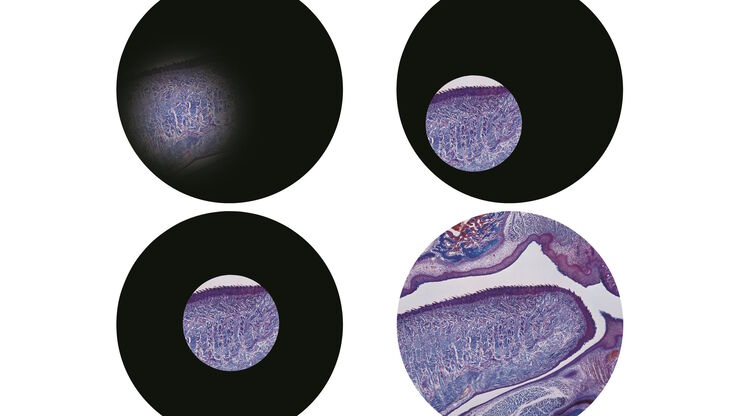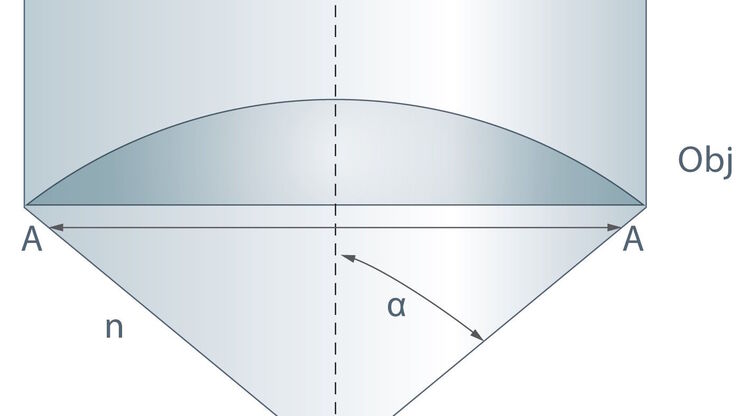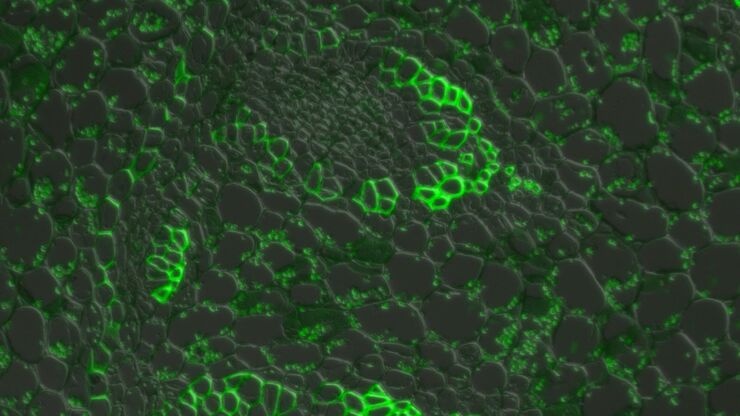Martin Wilson , PhD
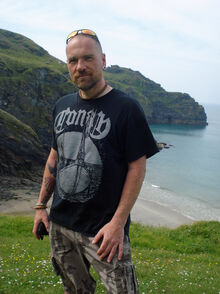
Martin begann seine Karriere mit der Untersuchung von Impfstoffen zur Empfängnisverhütung beim Medical Research Council (MRC). Danach wechselte er in die Lungentoxikologie und promovierte in Nanotoxikologie an der Edinburgh Napier University. Anschließend kehrte er zum MRC zurück, um an der Pathologie der Gebärmutterschleimhaut zu arbeiten. Nach einem kurzen Abstecher in die globale Pharmaindustrie wurde Martin Mitglied der Zeitschrift "Bitesize Bio" und gründete den Microscopy and Imaging Channel.
Heute ist Martin freiberuflich tätig und betreibt sein eigenes Kunsthandwerksunternehmen, in dem er preisgekrönte Schieferkunst und maßgeschneiderte Schiefer- und Holzgegenstände herstellt. Martin ist nach wie vor in der Wissenschaft aktiv - er schreibt Artikel für Bitesize Bio und Agar Scientific und hat das ebook "Before You Touch That Microscope!" verfasst. Auf seiner Facebook-Seite können Sie mehr über seine kunsthandwerklichen Arbeiten erfahren: www.facebook.com/hatchburnandcarve.
